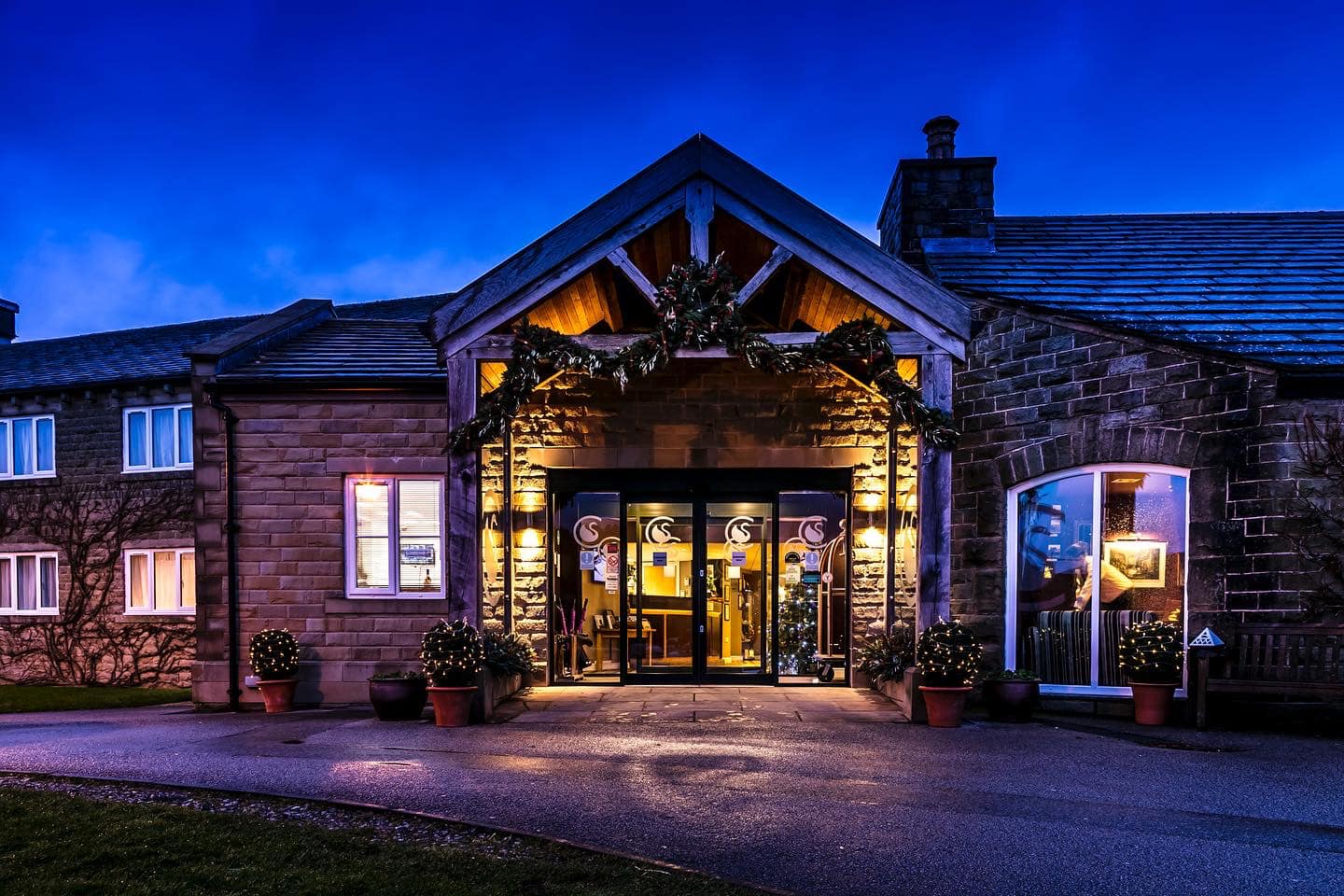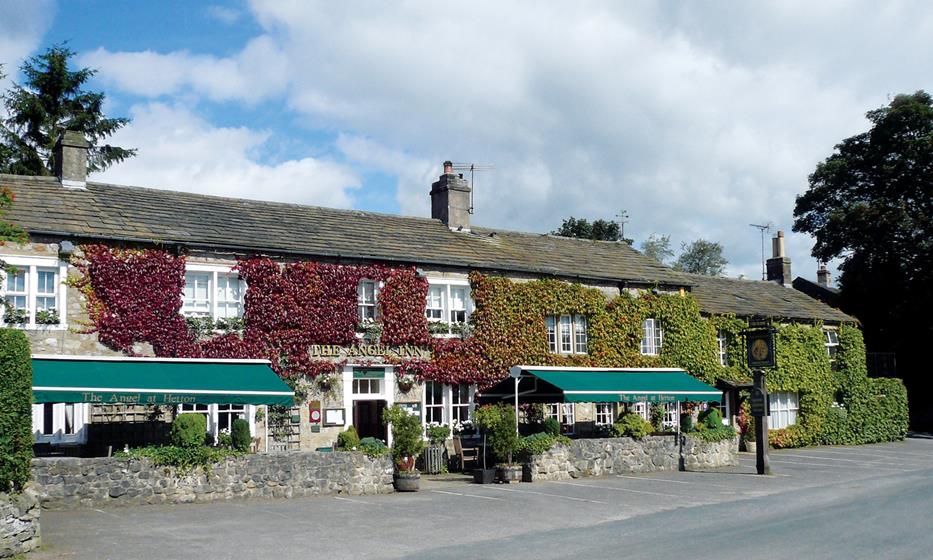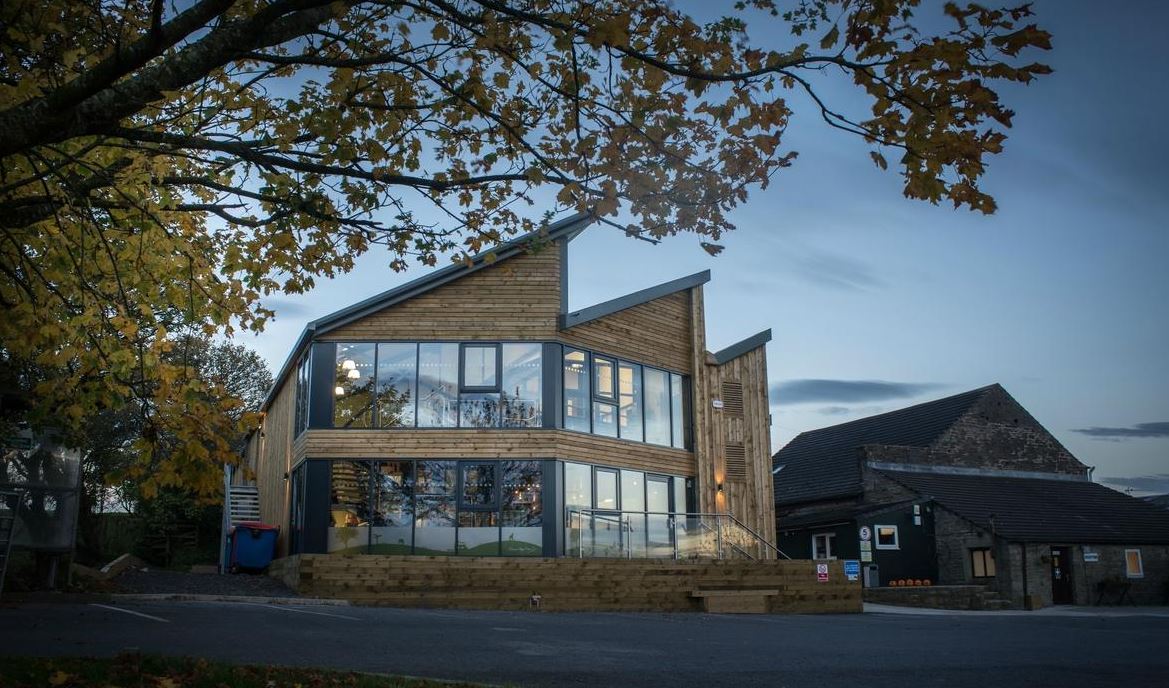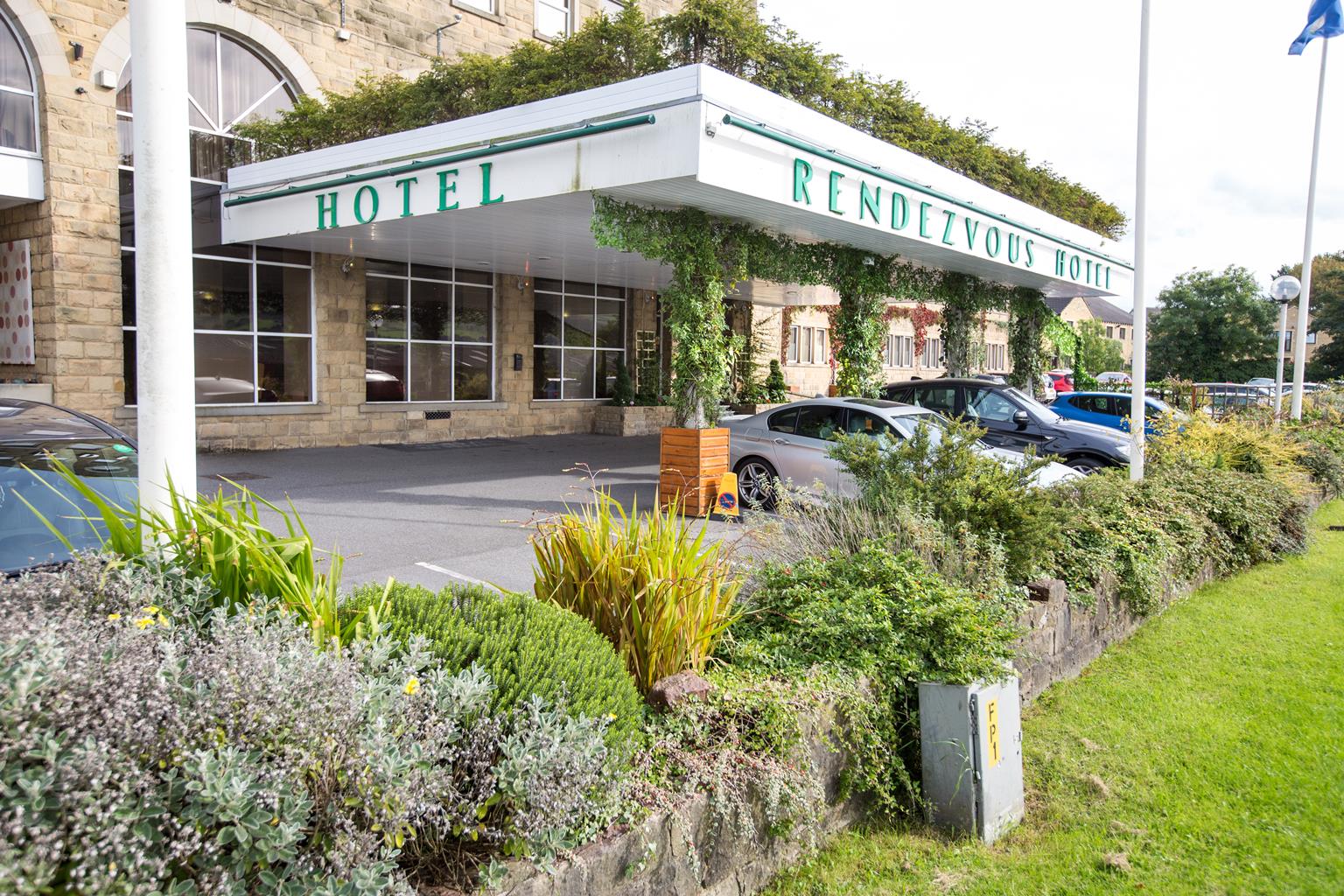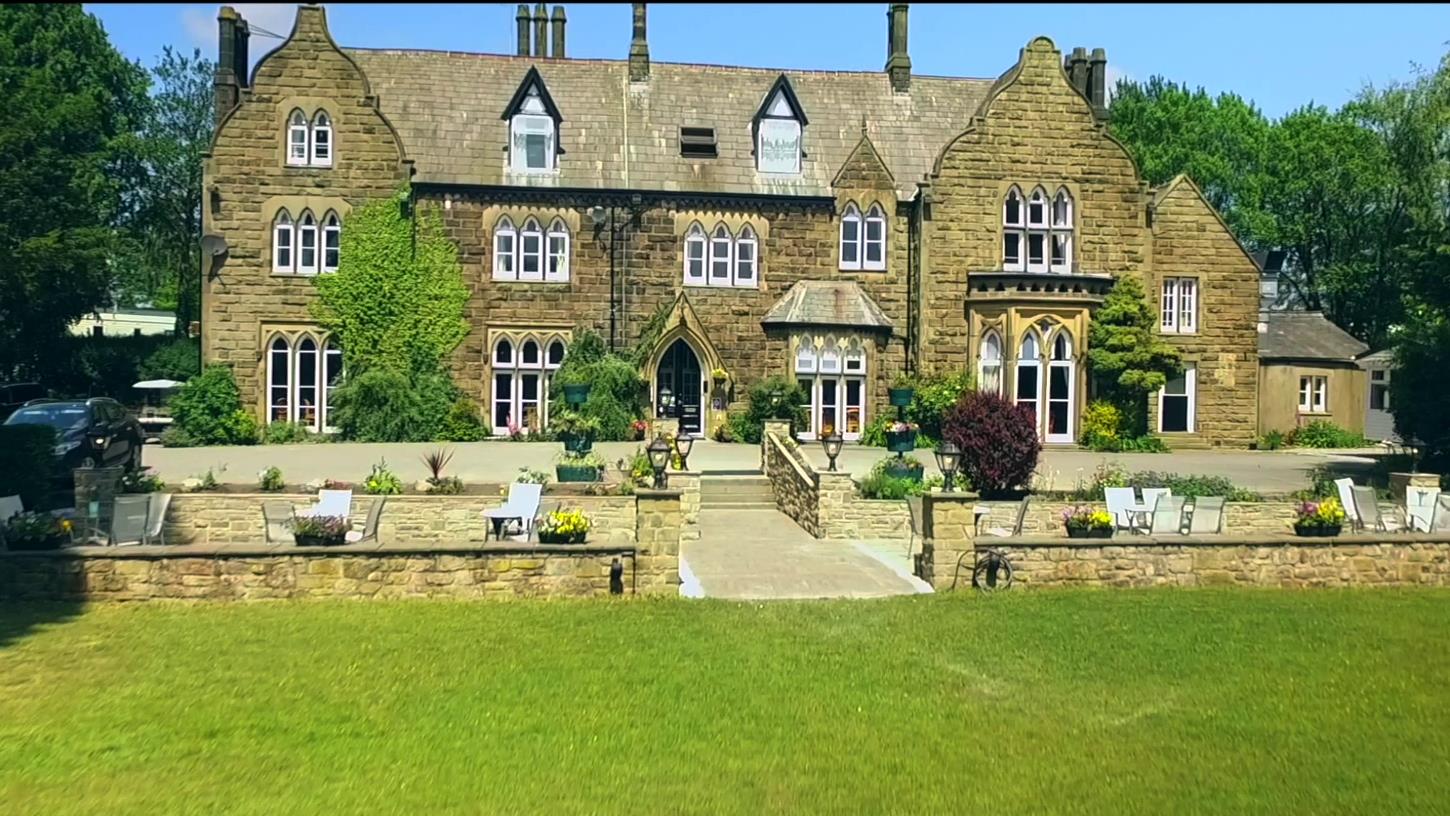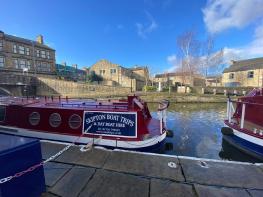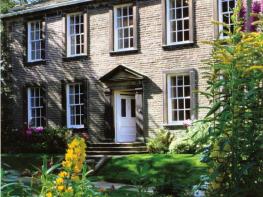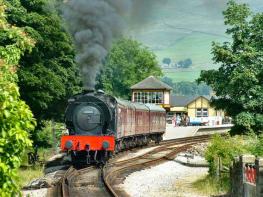Fernside Cottage is situated in peaceful surroundings with outstanding rural views from all…
Around Lothersdale on the Pennine Way

4 miles (6.4kms)
About the walk
Set deep in the rolling countryside to the west of Keighley, Lothersdale is a village of gritstone houses and mill buildings – typical of the small settlements that grew up in the late 18th and early 19th centuries along the river valleys of the West Riding of Yorkshire. The mill dam that you will cross as you enter the village is characteristic of the scale of the industrial enterprise undertaken then – sufficient to employ local people, but too small to fight against the expanding trade of its larger neighbours. Farming and industry had always co-existed here, and today Lothersdale relies on agriculture and tourism – it is a popular stop on the Pennine Way – as well as its role as a base for those who work in the West Yorkshire conurbation.
In the Quarry
The Lothersdale district is of particular interest to geologists. As part of the Ribblesdale Fold Belt, there is a notable anticline at Lothersdale, where the limestone has been tilted by the forces of the earth so that it dips significantly – at angles of anything from 20 to 90 degrees from the horizontal. This dramatic effect is best studied at Raygill Quarry, to the west of the village, where the crest of the anticline is exposed in the rock faces. Between 1876 and 1895 over 35,000 tons of barytes was mined at Raygill. This valuable mineral is a sulphate of barium, which is used in drilling processes, as well as in industrial coatings and linings. The quarrying of the fine carboniferous limestone here continued well into the 20th century, but has now ceased, and the flooded quarry workings have been transformed into a successful trout fishery.
Raygill was also the site of a discovery, in 1880, of the bones and teeth of several mammals that died in fissures in the rocks in the period between the ice ages. They included remains of mammoth, rhinoceros, lions, bears, bison and hyenas. The bones were taken to Leeds City Museum, where they were damaged by bombing during World War II.
Friends and Scholars
The Society of Friends has had a long association with Lothersdale. This once-remote valley provided a haven for Quakers during the persecutions ofthe 17th century. They built a meeting house here in 1723. It had a gallery with unusually designed hatches that could close to create a separate room. In 1800 the Lothersdale Quakers opened one of the earliest Sunday schools anywhere in the world. The meeting house closed in 1959.'
Walk directions
From the car park walk downhill towards the mast on the next hilltop. Just before the cattle grid, turn left up a signed track. At the next signpost turn right, off the track. Follow the wall, then bear left to cut off the corner as it bends left. Soon cross a stile in the wall on your right. Cross 3 more stiles then bear left, above a small plantation, then go diagonally right. Go over a stile and continue downhill with a wall on your right, which bends left to reach a signed stile onto a metalled drive.
Turn left along the drive. After the cattle grid, bear right along a concrete road and over another cattle grid. Emerge onto a metalled lane and turn left. Follow the lane as it dips to cross a small stream, then immediately turn right.
Follow the track, which bends left below a house, then continues across a field with a wall on your left. From the next gate bear right to another gate and continue down, following the wall on the left towards a pool in the valley. Cross a stile in the corner, turn left immediately through a gate and in a few paces go left and up to join a track. Turn right and follow it to the road. Turn left. Just beyond the Hare and Hounds pub, turn left at the Pennine Way sign.
Follow the track uphill to a Pennine Way sign. Turn left here to follow the fence and then the wall on your left, crossing a small stream. Continue straight ahead to a stile beside a gate on your left, signed with an acorn. Go straight across the field to a stone stile onto a lane.
Cross the lane and continue up the track ahead, signed 'Pennine Way'. Where the concrete farm track bends left, go straight ahead over a stone stile onto a walled track. Where the walls open out, follow the one on your left to a stile, then continue to follow the wall on your left to where it bends sharply left.
Follow the wall left, go over two plank bridges and continue along the well-worn path, past occasional cairns to the trig point on the hilltop. Follow either of the two downhill paths, which soon rejoin, and continue past the signpost you passed near the start of the walk. Continue downhill to the road and turn right to return to the car parking place.
Additional information
Tracks and field paths, some steep sections. 8 stiles
Pennine moorland, farmland and industrial relics
Off lead on final section of walk, from Point 5 onwards
OS Explorer OL21 South Pennines
Roadside parking on West Road, near junction with Clogger Lane
None on route
WALKING IN SAFETY
Read our tips to look after yourself and the environment when following this walk.
Find out more
Also in the area
About the area
Discover North Yorkshire
North Yorkshire, with its two National Parks and two designated Areas of Outstanding Natural Beauty, is England’s largest county and one of the most rural. This is prime walking country, from the heather-clad heights of the North York Moors to the limestone country that is so typical of the Yorkshire Dales – a place of contrasts and discoveries, of history and legend.
The coastline offers its own treasures, from the fishing villages of Staithes and Robin Hood Bay to Scarborough, one time Regency spa and Victorian bathing resort. In the 1890s, the quaint but bustling town of Whitby provided inspiration for Bram Stoker, who set much of his novel, Dracula, in the town. Wizarding enthusiasts head to the village of Goathland, which is the setting for the Hogwarts Express stop at Hogsmeade station in the Harry Potter films.
York is a city of immense historical significance. It was capital of the British province under the Romans in AD 71, a Viking settlement in the 10th century, and in the Middle Ages its prosperity depended on the wool trade. Its city walls date from the 14th century and are among the finest in Europe. However, the gothic Minster, built between 1220 and 1470, is York’s crowning glory.
Nearby stays
Restaurants and Pubs
Nearby experiences
Recommended things to do
Why choose Rated Trips?
Your trusted guide to rated places across the UK
The best coverage
Discover more than 15,000 professionally rated places to stay, eat and visit from across the UK and Ireland.
Quality assured
Choose a place to stay safe in the knowledge that it has been expertly assessed by trained assessors.
Plan your next trip
Search by location or the type of place you're visiting to find your next ideal holiday experience.
Travel inspiration
Read our articles, city guides and recommended things to do for inspiration. We're here to help you explore the UK.

